From the ’60s till now, TV news coverage of large-scale university protests doesn’t look so different
Published in Political News
While much has changed over the past 50 years, evening television news remains a prominent source of information for Americans.
I am a scholar of psychology and study how people learn information from the world around them. I was struck by how the recent televised segments of college campus protests against Israel’s war in Gaza brought to mind images from other student movements in the United States – particularly the widespread campus protests in the late 1960s and early 1970s.
In 1969, 47% of Americans preferred to get their news from television, as opposed to newspapers, magazines and radio.
In 2023, only 27% of Americans said they liked to get their regular news from TV. However, over 60% of Americans still reported at least sometimes getting their news from television. So, nightly TV news coverage of the recent student protests is still influential in helping people learn about and understand current events.
Since August 1968, the Vanderbilt Television News Archive has been recording the daily evening news programs from ABC, CBS and NBC, with CNN and Fox News as more recent editions. eg: additions? This archive provides great insight into how coverage of student protests has changed over the decades and what has stayed the same.
Over the past few weeks, we have been examining archive footage and transcripts from news coverage of past clashes between student protesters and the police. In particular, we focused on the spring of 1969 and 2024 – when there were widespread college campus protests met with a police response.
The college student protests in 1969 were driven by a confluence of factors, including the Vietnam War and the civil rights movements. Student protesters called for more Black students and professors on campus, the establishment of ethnic studies programs and the removal of the Reserve Officers’ Training Corps, or ROTC, from campus.
At these protests’ peak, from February 1969 to summer 1970, the evening news featured frequent stories of students protesting, demonstrating and clashing with the police in between dispatches from Vietnam and fights for social justice back home. Reports came in from coast to coast, from Berkeley to Harvard, and were not limited to big cities or one geographic region. Even the predominantly white and southern Duke University had large-scale protests supporting Black students.
During the 2024 protests, students called on universities to support Palestinians and divest from Israeli companies and weapons manufacturers. Similar to 1969, the protests have occurred across the country, and the TV coverage mostly focuses on clashes between protesters and the police.
Across both eras, the television images of the protests are similar. The segments start with a news anchor at a desk before switching to a local correspondent reporting over scenes of students in crowds chanting, forming blockades and even breaking into and occupying campus buildings. Coverage from both periods also includes scenes of law enforcement breaking up protests – sometimes with tear gas – arguments between students for and against the movement and reactions from government officials.
As scholar Danielle Brown has noted, news coverage of protests often focuses on the spectacle of police clashes, while failing to cover why the protests are happening or the protesters’ demands.
In fact, of the 24 television news segments we examined from spring 2024, only half mentioned the protesters’ goals. Coverage of the spring 1969 protests was more likely to mention the protesters’ demands – this happened in 15 out of 20 segments. In multiple news segments from 1969, however, it was still impossible to determine why the protests were happening – the coverage focused only on the violence or police clashes.
One clear difference in coverage is the language used to describe the protesters. While modern reports uniformly refer to the students using neutral terms such as “demonstrators” or “protesters,” coverage from 1969 frequently uses more negative terms such as “militants,” “dissidents,” “rebels” and “radicals.”
Even modern coverage differs in its language, with ABC and CBS using the term “pro-Palestinian protesters,” while Fox News refers to the protesters as “anti-Israel.”
These differences in language matter, because the words used can change how people interpret and remember an event.
Researchers know that people do not remember the exact phrases used to describe events but instead remember what is implied by the description.
For example, in one classic study, about half of the participants who heard “the angry rioter threw a rock at the window” remembered that the rioter “threw a rock through the window” just a few minutes later.
Similarly, when people are asked, “How fast was the red car going when it smashed into the Jeep?” after watching a simulated car crash, they give higher speed estimates than if they were asked, “How fast was the red car going when it made contact with the Jeep?”
Subtle differences in how protesters are described are likely to affect people’s opinion of the protesters and the demonstrations.
Of course, these aren’t the only campus protests with police intervention that we see in the archives. The protests in 1969 continued through the early 1970s, when the fatal clashes between students and the police at Kent State University in Ohio and Southern University occurred. On May 4, 1970, 300 students gathered at Kent State to protest the expansion of the Vietnam War. National Guard soldiers shot and killed four students and wounded nine others, including some protesters and some observers, while attempting to disperse the crowd.
And students at Southern University, a historically Black school, protested on Nov. 16, 1972, for more money and better facilities. Police were called in, and two students were shot and killed by a sheriff’ deputy while tear gas was being used on the crowd.
Decades later, there were frequent student protests at California universities from 2009 through 2010, as people rallied against tuition hikes. This led to an infamous incident at the University of California at Davis in November 2011, when an on-campus police officer pepper-sprayed seated student protesters.
We also see isolated campus protests whose motivations are more controversial.
In 2011, Penn State University students protested the firing of then-football coach Joe Paterno, who played a role in covering up sexual abuse by an assistant coach. In 1998, students at Michigan State University protested the school’s decision to ban alcohol at tailgate parties. In both incidents, the police used tear gas to disperse the crowd.
But while the protests differ in their particulars across the decades, we consistently see the same type of images on our television screens.
A dispassionate anchor sits at a desk and throws coverage to a local reporter with on-site footage of the protest, the police response and comments from students and politicians. And despite the noble goal of being objective observers, the language journalists use to describe the protests and the protesters often subtly implies the journalists’ opinions and can tilt public perceptions.
James David Duran, the director of Vanderbilt Television News Archive, contributed to this story.
This article is republished from The Conversation, a nonprofit, independent news organization bringing you facts and trustworthy analysis to help you make sense of our complex world. It was written by: Lisa Fazio, Vanderbilt University
Read more:
Media coverage of campus protests tends to focus on the spectacle, rather than the substance
Columbia University protests look increasingly like those in 1968 as police storm campuses nationwide
What students protesting Israel’s Gaza siege want — and how their demands on divestment fit into the BDS movement
Lisa Fazio does not work for, consult, own shares in or receive funding from any company or organization that would benefit from this article, and has disclosed no relevant affiliations beyond their academic appointment.




























































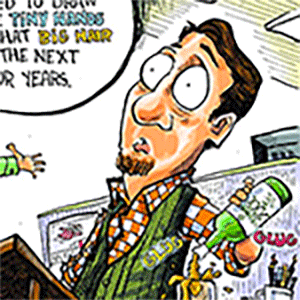
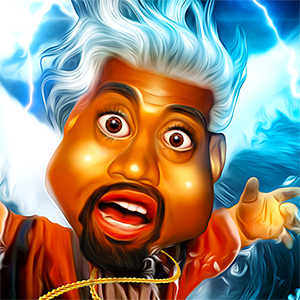
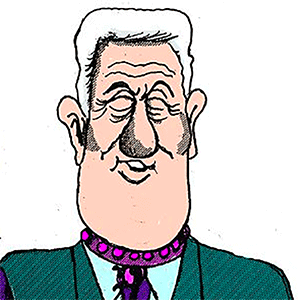
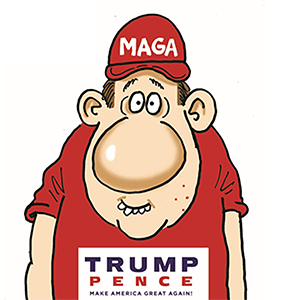
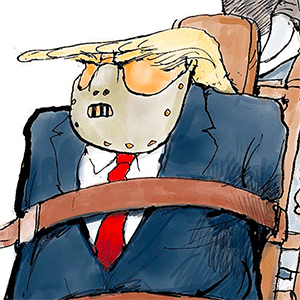
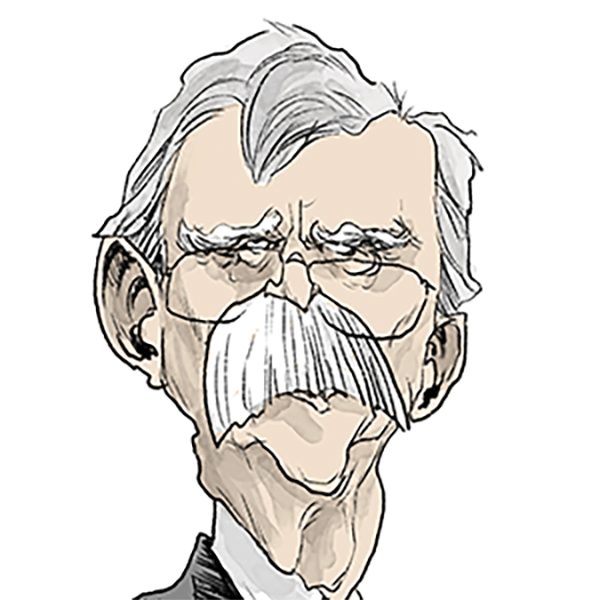
Comments